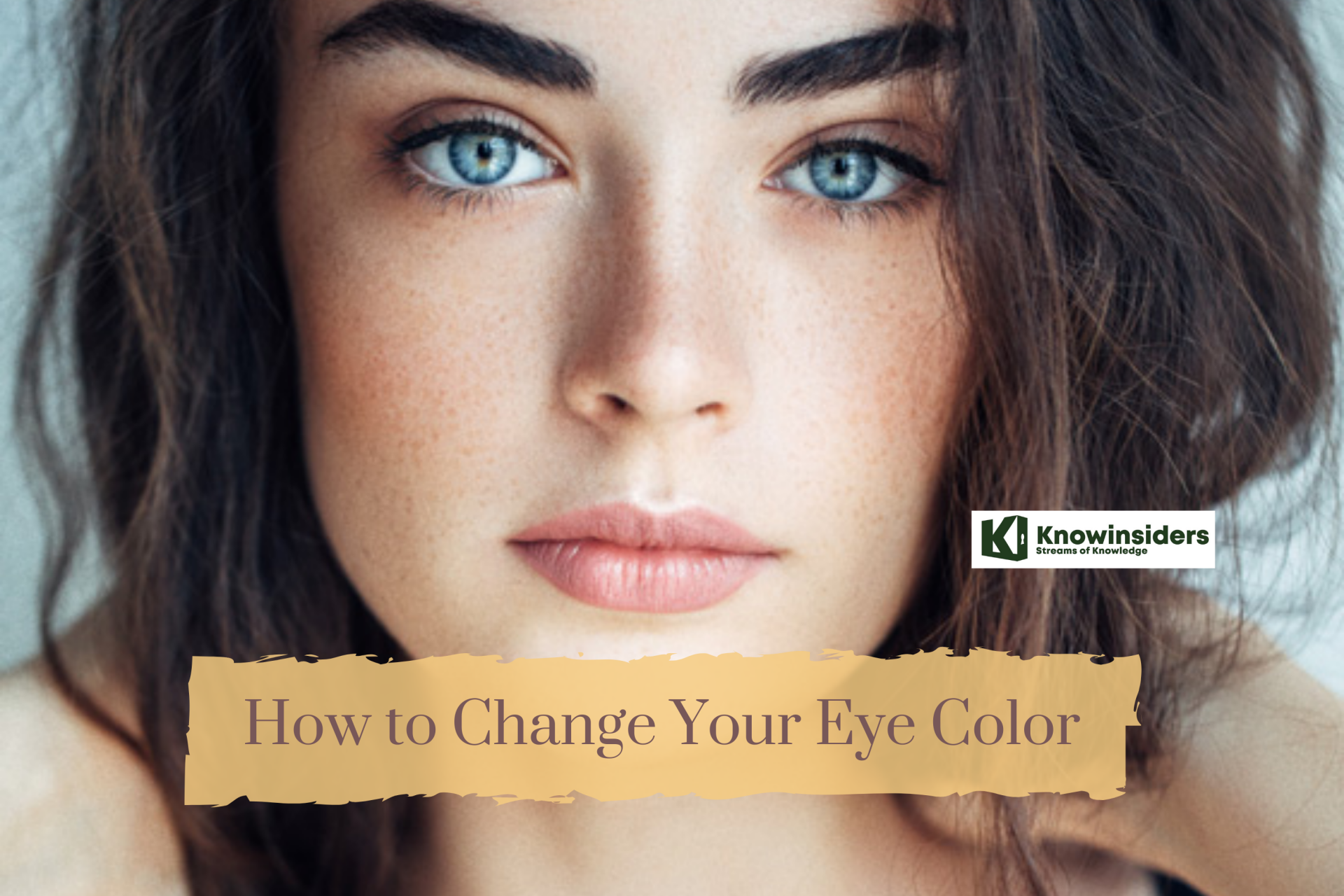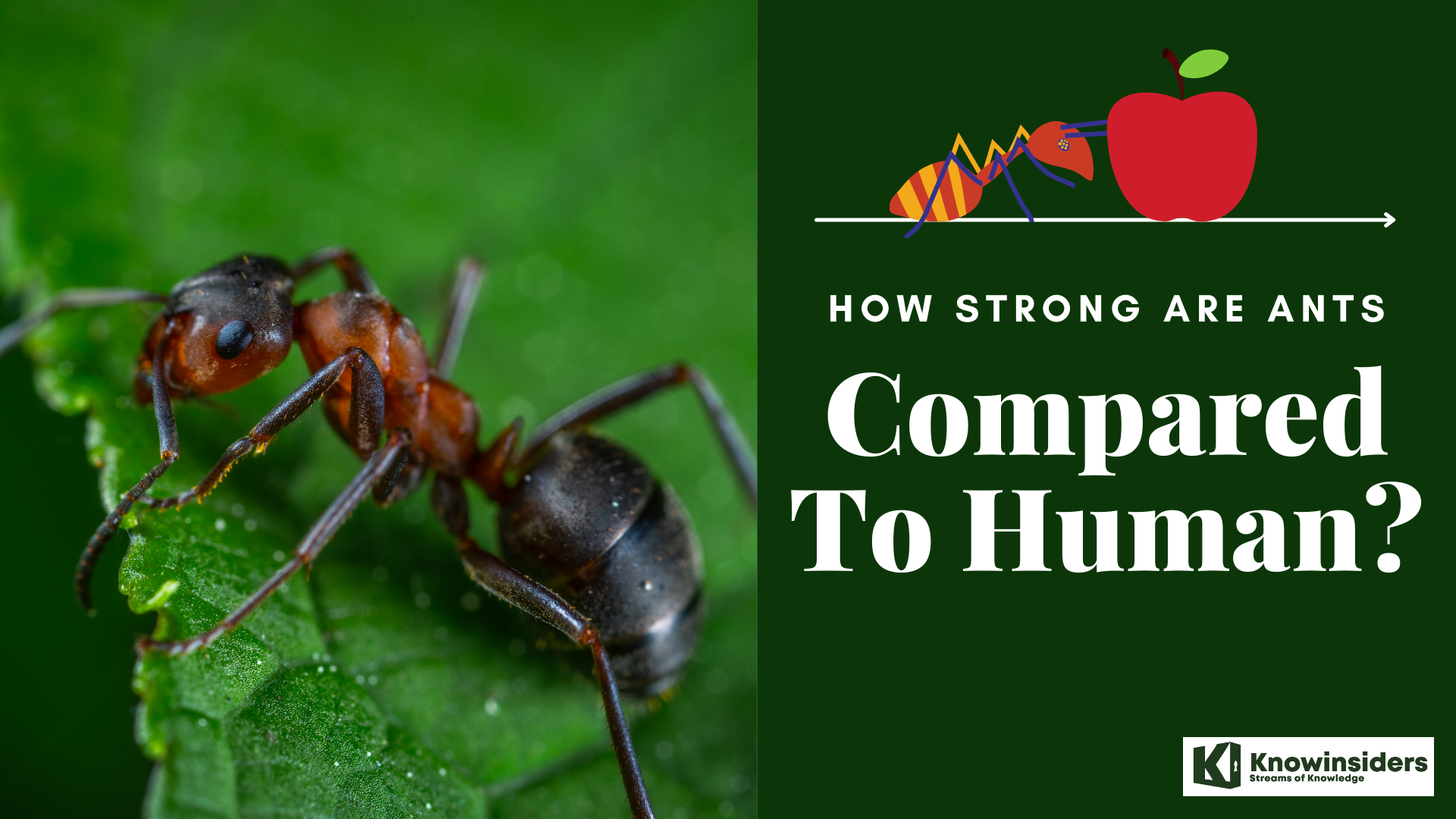Top 9 Most Interesting Facts You Should Know about Your Eyes
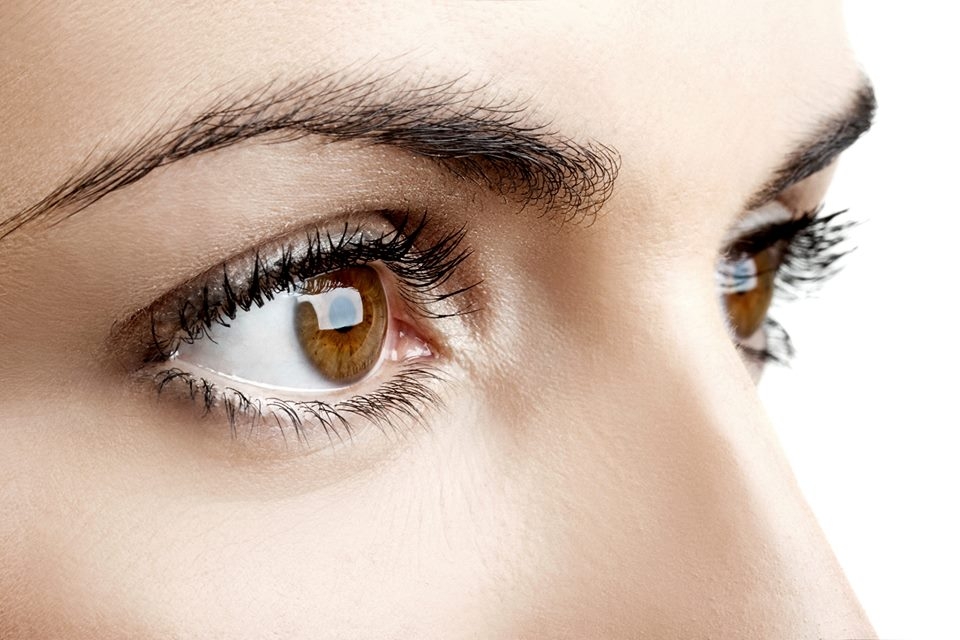 |
| Photo: Discovery Eye Foundation |
Here are the top 9 most interesting facts you should know about your eyes - “windows to the soul.”
#1. NEWBORN BABIES SEE THE WORLD IN BLACK AND WHITE—AND RED.
“It is a myth that babies see in black and white,” Anna Franklin, leader of the University of Sussex's Baby Lab, told The Guardian. While newborns do see black, white, and shades of grey, they can also detect red objects against a grey backdrop, Franklin says.
 |
| Photo: Sleppbaby.org |
The reason why they can’t see more colours is that the cones in their eyes—the photoreceptor cells responsible for picking up colours—are too weak to detect them. Those cells quickly get stronger, though. After about two months, babies can distinguish between red and green, and a few weeks later they can tell the difference between blue and yellow.
#2. YOUR EYEBALLS GROW AS YOU AGE.
Another common misconception is that your eyes remain the same size from birth to adulthood. As a newborn, your eyes measure about three-fifths of an inch from front to back, compared to a little under an inch in adults.
Your eyes actually grow a great deal in the first two years of life, and another growth spurt occurs when you go through puberty. The confusion likely stems from the fact that your eyes as a 6-month-old infant are two-thirds the size they will be when you’re an adult.
#3. THE LENGTH OF YOUR EYE PARTLY DETERMINES HOW WELL YOU'LL BE ABLE TO SEE.
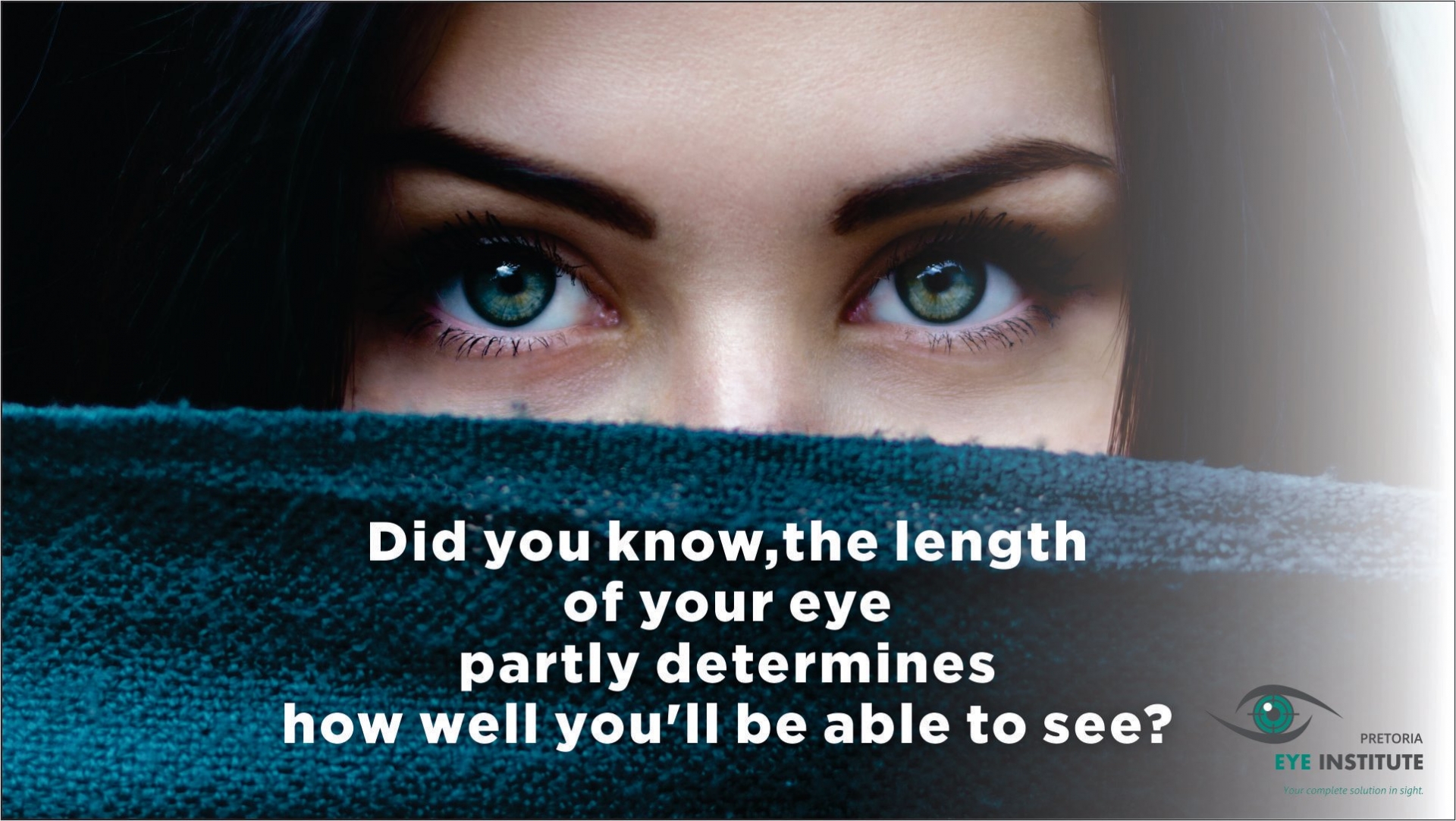 |
| Photo: Pretoria Eye Institute |
If your eyeball is too long or too short, you might end up having problems with your eye vision. Nearsighted people have eyes that are longer than average, while farsighted people have eyes that come up a little short. If you were to magically add or remove a millimetre of length from your eye, it would completely change your prescription.
Aside from eye length, the shape of your cornea (the outer part of the eye where contact lenses are placed) and lens (the part of the eye located behind the iris and pupil) are other key factors that determine the quality of your vision. That's because both of these parts work together to refract light.
#4. CONTACT LENSES CAN'T REALLY GET LOST BEHIND YOUR EYE.
Although it may feel like a dislodged contact lens is stuck behind your eye, that isn’t exactly what’s happening. The thin membrane covering the white part of your eye and the underside of your eyelid—called the conjunctiva—forms a pouch and prevents objects from getting behind your eyeball. If a contact lens gets shifted out of place to the point where you can no longer see it, it’s just stuck underneath your upper eyelid, which isn’t nearly as scary.
#5. BLUE-EYED PEOPLE SHARE A COMMON ANCESTOR.
 |
| Photo: Q Language LTD |
Originally, everyone in the world had brown eyes. It wasn’t until around 6000 to 10,000 years ago that the first blue-eyed person was born as a result of a genetic mutation, according to a 2008 study. That mutation of the OCA2 gene essentially “turned off the ability to produce brown eyes” and diluted the colour to blue, Professor Hans Eiberg of the University of Copenhagen said in a statement.
#6. PARTS OF THE EYE CAN GET SUNBURNED.
There’s a good reason you should wear sunglasses when it’s bright outside. Too much exposure to UV rays can damage the surface of the cornea and conjunctiva, causing a condition akin to sunburn called photokeratitis. Symptoms include pain, red or swollen eyes, the sensation of a foreign body in the eyes, blurred vision, headaches, and seeing halos around lights.
While the discomfort is temporary and tends to go away within 48 hours, longer exposure to UV rays can have a long-term effect on your vision and lead to macular degeneration (deterioration of the retina, which is often age-related) and cataracts (clouding of the eye's lens, which reduces the amount of light coming in).
#7. YOUR EYE MUSCLES ARE THE FASTEST MUSCLE IN YOUR BODY.
Extraocular muscles are what let you look around in all directions. You have six of these muscles in each eye, and many of the motions they make are involuntary. This lets you flick your eyes to one side and notice something in your peripheral vision without consciously looking in that direction. When both of your eyes move in the same direction, the movement is called a saccade, which comes from the French word for “jerk” (the verb, not the person).
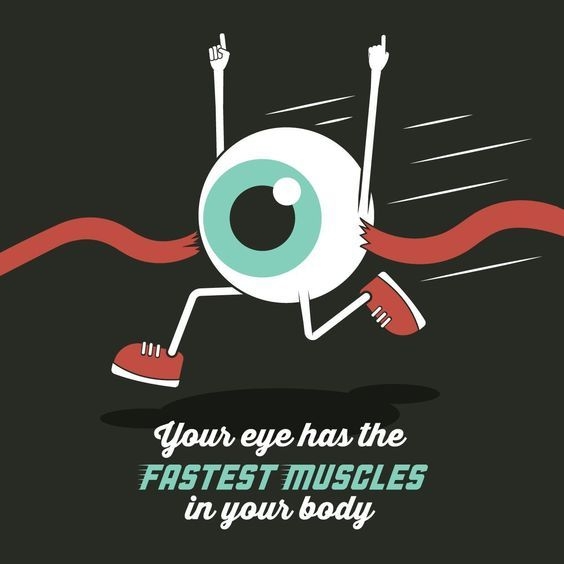 |
| Photo: Pinterest |
These jerky movements are extremely rapid, lasting about 50 to 60 milliseconds per saccade, according to Dr. Reza Shadmehr, professor of biomedical engineering and neuroscience at Johns Hopkins University. “Saccadic eye movements are the fastest voluntary movements that we can make. The eyes move at around 500 degrees per second or more,” Shadmehr tells Mental Floss.
#8. YOUR EYE MOVEMENTS MIGHT GIVE AWAY YOUR NEXT MOVE.
Shadmehr and other researchers conducted an experiment in 2015 to test the relationship between saccades and decision-making. Participants were placed in front of a computer and asked to choose between two options that appeared on the screen: an immediate reward and a delayed reward.
For instance, one option might be “get $10 today,” while the other might be “wait 30 days and get $30.” Their eye movements were tracked the entire time, and researchers discovered that these movements gave away the choice they were about to make before they made it. At the last minute, their eyes would move at a faster velocity towards the option that they preferred.
“What’s interesting is that as the saccades are being made, the velocity of the eyes starts out being equal between these two stimuli, but then right before you decide ‘I like A better than B,' the saccade that you make toward A has a higher velocity than the one you make toward B,” Shadmehr explains. “The idea is that the way you’re evaluating things is reflected in the way you move toward them.”
#9. THE HUMAN EYES CAN DETECT MORE THAN 10 MILLION COLOURS
While there are several theories on the topic, studies based on the work of Gunter Wyszecki suggest that we can distinguish as many as 10 million colours. All colours in the light spectrum visible to humans are made up of combinations of red, green and blue.
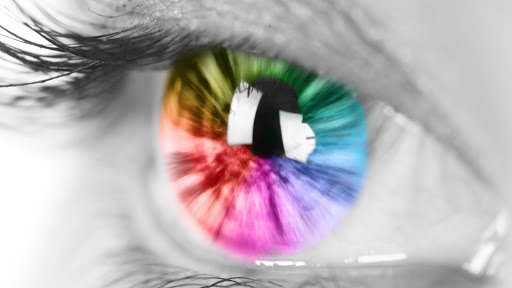 |
| Photo: Pinterest |
When we see yellow it is a combination of red and green, whereas purple is a combination of red and blue, and so on.
One common misconception is that colour is a property of light when it actually has a lot to do with the brain. It is not just the wavelength of the light rays that are reflected into the eye but also the context in which we perceive things such as background colours, lighting, familiarity and surroundings.
| Better understanding the complex nature of our eyes can help us appreciate how lucky we are to have them and how important vision is to the evolution of our species. Understanding our eyes can also help us appreciate how fragile they are so we might better protect them from injury and deterioration. To make sure we keep our eyes healthy and safe from harm we must limit their exposure to light, heat and particles such as dust, by protecting them with quality glasses we can enjoy all the benefits of vision but without the risk. |
 Top 12 Foods Beneficial for Eye Vision Top 12 Foods Beneficial for Eye Vision Maintaining a well-balanced, healthy diet is key to keeping your eyes healthy, and may help reduce your risk for developing eye conditions. Follow this article ... |
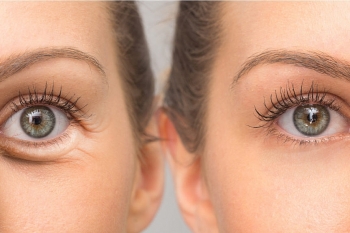 How to Get Rid of Bags Under Eyes: Treatment at home or Therapies? How to Get Rid of Bags Under Eyes: Treatment at home or Therapies? Bags Under Eyes: There are different approaches to get rid of - reducing under-eye puffiness, depending on the cause. Keep reading to learn how you ... |
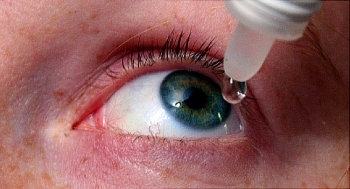 How to refresh tired and hydrate dry eyes? How to refresh tired and hydrate dry eyes? Dry eyes occur when your tear glands don’t produce enough tears to lubricate your eyes. This condition can be uncomfortable and painful. People should be ... |

